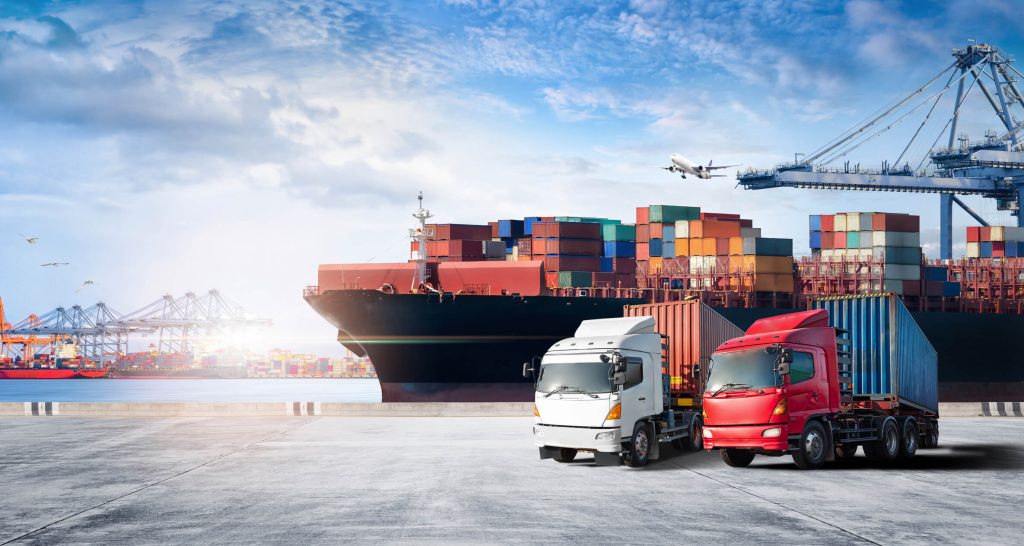Navigating the Challenges of Forest Product Shipping
Shipping forest products presents a unique set of challenges that require careful navigation to ensure efficiency and sustainability in the supply chain. The industry relies heavily on the transportation of timber, pulp, and other wood-based materials, which often involves multiple stakeholders, intricate logistics, and adherence to various regulatory frameworks. One of the primary challenges is the geographic distribution of forests and processing facilities. Many timber resources are located in remote areas, making access difficult and often necessitating long-distance transportation. This can lead to increased shipping costs and extended delivery times, impacting the overall efficiency of the supply chain. Another significant challenge is the variability in regulations governing forest product shipping. Different countries and regions have their own sets of laws related to logging practices, export controls, and environmental protections. For instance, the Lacey Act in the United States prohibits the importation of wood products that have been harvested illegally. Compliance with such regulations requires extensive documentation and can lead to delays, especially if shipments are subject to inspection or require specific certifications.

Additionally, the movement of forest products is heavily influenced by trade agreements and tariffs, which can fluctuate based on political and economic conditions, further complicating shipping logistics. The environmental impact of shipping forest products also poses a major challenge. The transportation of timber often involves heavy machinery and large vehicles that contribute to greenhouse gas emissions. As consumers and businesses become more conscious of their carbon footprints, there is increasing pressure on companies to adopt more sustainable shipping practices. This may include investing in fuel-efficient forest products logistics – Mobile, Alabama methods, utilizing alternative energy sources, or optimizing routes to reduce travel distances. Moreover, the implementation of sustainable forestry practices is essential to mitigate the environmental impact of harvesting and shipping operations, thereby ensuring the long-term viability of forest resources.
Weather conditions are another unpredictable factor that can disrupt shipping schedules. Forest products are often transported via truck, rail, or ship, all of which can be severely affected by adverse weather, such as heavy rain, snow, or storms. These conditions can cause delays, damage to cargo, or even accidents, leading to financial losses for shippers and suppliers. Therefore, companies must develop contingency plans to address these potential disruptions, including flexible scheduling, alternative routes, and adequate insurance coverage. Lastly, the integration of technology in shipping processes is both a challenge and an opportunity. While advancements in logistics software and tracking systems can enhance efficiency, the initial investment in technology can be prohibitive for smaller operators. Furthermore, there is a need for continuous training and adaptation to new systems to remain competitive in the market. Embracing digital solutions can streamline operations, improve communication among stakeholders, and provide real-time data that can lead to more informed decision-making.